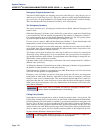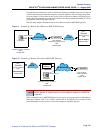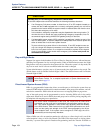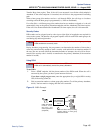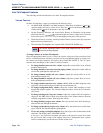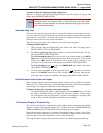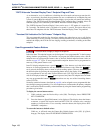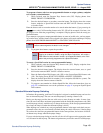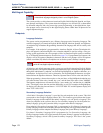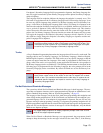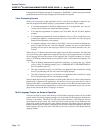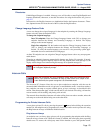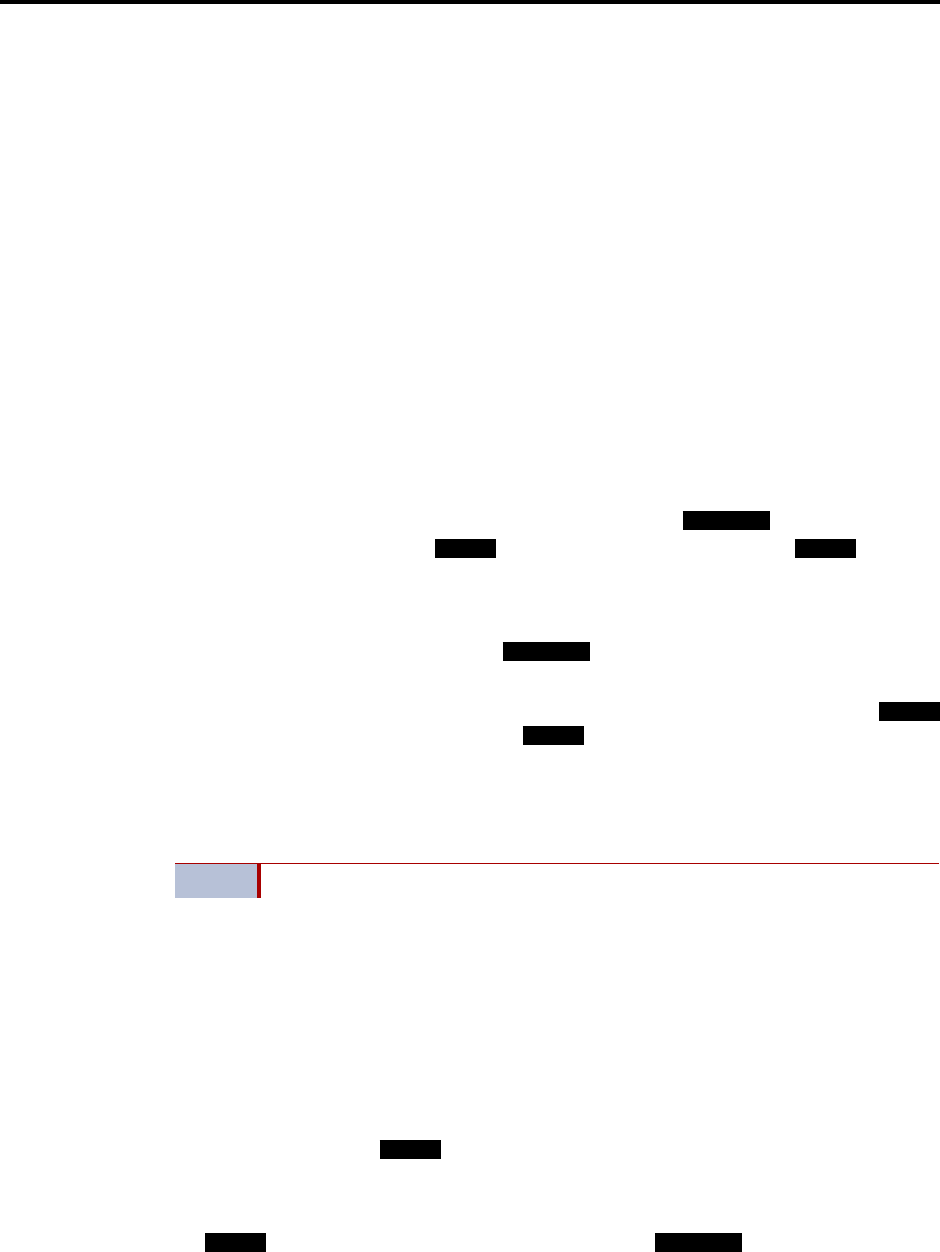
System Features
INTER-TEL
®
CS-5200/5400 ADMINISTRATOR GUIDE, ISSUE 1.1 – August 2005
Page 170 Automatic Call Access
For example, it could appear under a Call button on one map and an individual trunk button on
the other.
If a button is not available in the currently active keymap when a call rings in, the user will still
see the correct display, hear ringing, and can answer as usual.
To switch between keymaps when the endpoint is idle:
While on-hook, enter the Switch Keymap feature code (399). The display shows
STANDARD KEYMAP IS ACTIVE or ALTERNATE KEYMAP IS ACTIVE.
To switch between keymaps during a call:
While on a call, press the Special button and enter the Switch Keymap feature code
(399). The display momentarily shows STANDARD KEYMAP IS ACTIVE or
ALTERNATE KEYMAP IS ACTIVE.
Automatic Call Access
This feature allows an Inter-Tel endpoint user to determine the way incoming calls are
answered by entering a feature code to select the type of call access. The four variations are as
follows:
• No Automatic Call Access: The user hears intercom dial tone when the handset is lifted
and must press a Call or individual trunk button (or the button) to answer an
outside call, or press the button (or Call button, if there is no button) to
answer an intercom call.
• Automatic Intercom Call Access Only: The user can answer ringing intercom calls by
simply lifting the handset, but outside calls must be answered by pressing a Call button,
an individual trunk button, or the button.
• Automatic Outside Call Access Only: The user can answer ringing outside calls by lift-
ing the handset, but ringing intercom calls must be answered by pressing the
button (or Call button, if there is no button).
Automatic Access For All Calls: The user can answer any ringing call by lifting the handset. If
no call is ringing, the user hears intercom dial tone when the handset is lifted. (This is the way
single line endpoints work. When the system is in the default state, all Inter-Tel endpoints have
this type of call access.).
The selected option determines how all types of ringing intercom or outside calls (direct calls,
transferred calls, recalls, etc.) are answered. If more than one call is ringing at the endpoint, the
first call received is the first answered.
When programmed for automatic outside call access, a user with allowed answer, but without
ring in, for a ringing trunk must always press an individual trunk button for that trunk or enter
the Automatic Trunk Answer feature code (350) to answer the incoming call. Transferred calls
and recalls can be answered by lifting the handset.
Camped-on calls cannot be answered by simply lifting the handset or pressing the Speaker but-
ton. For example, an endpoint is programmed to automatically answer ringing outside calls,
but requires pressing the button to answer ringing intercom calls. If a private intercom
call rings in and is immediately followed by an outside call ringing in, the display shows the
intercom call message, and the outside call camps on. The intercom call also camps on when
the handset is lifted. The user can then choose between the camped on calls by pressing either
the button or the Call or individual trunk button (or button).
The automatic call access options outlined below can be programmed at Inter-Tel endpoints
only. Single line endpoints are designed to automatically answer ringing intercom and outside
calls by lifting the handset and cannot be changed.
NOTE In all variations, users can receive handsfree intercom calls (if enabled).
ANSWER
IC IC
ANSWER
IC
IC
IC
IC
ANSWER



